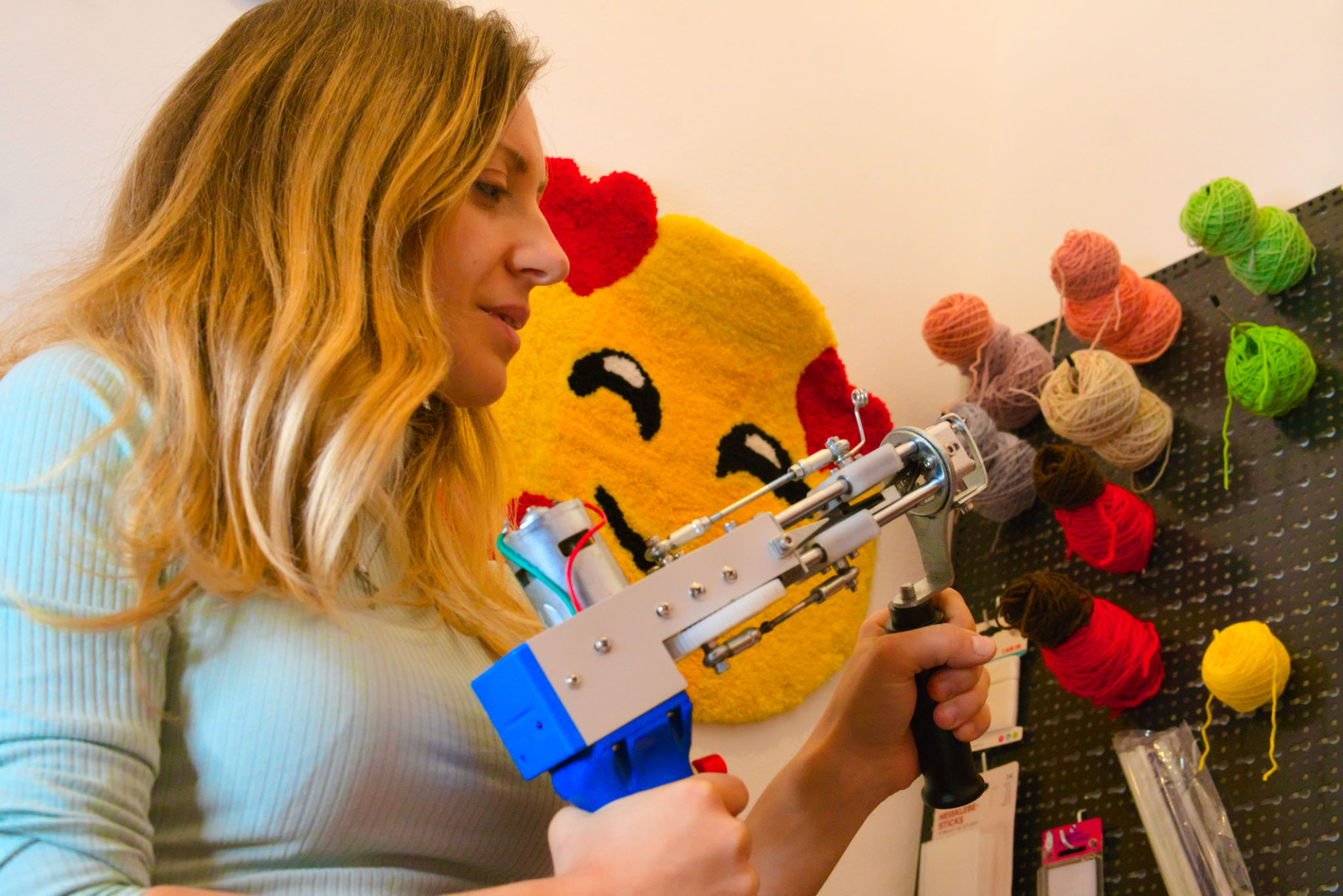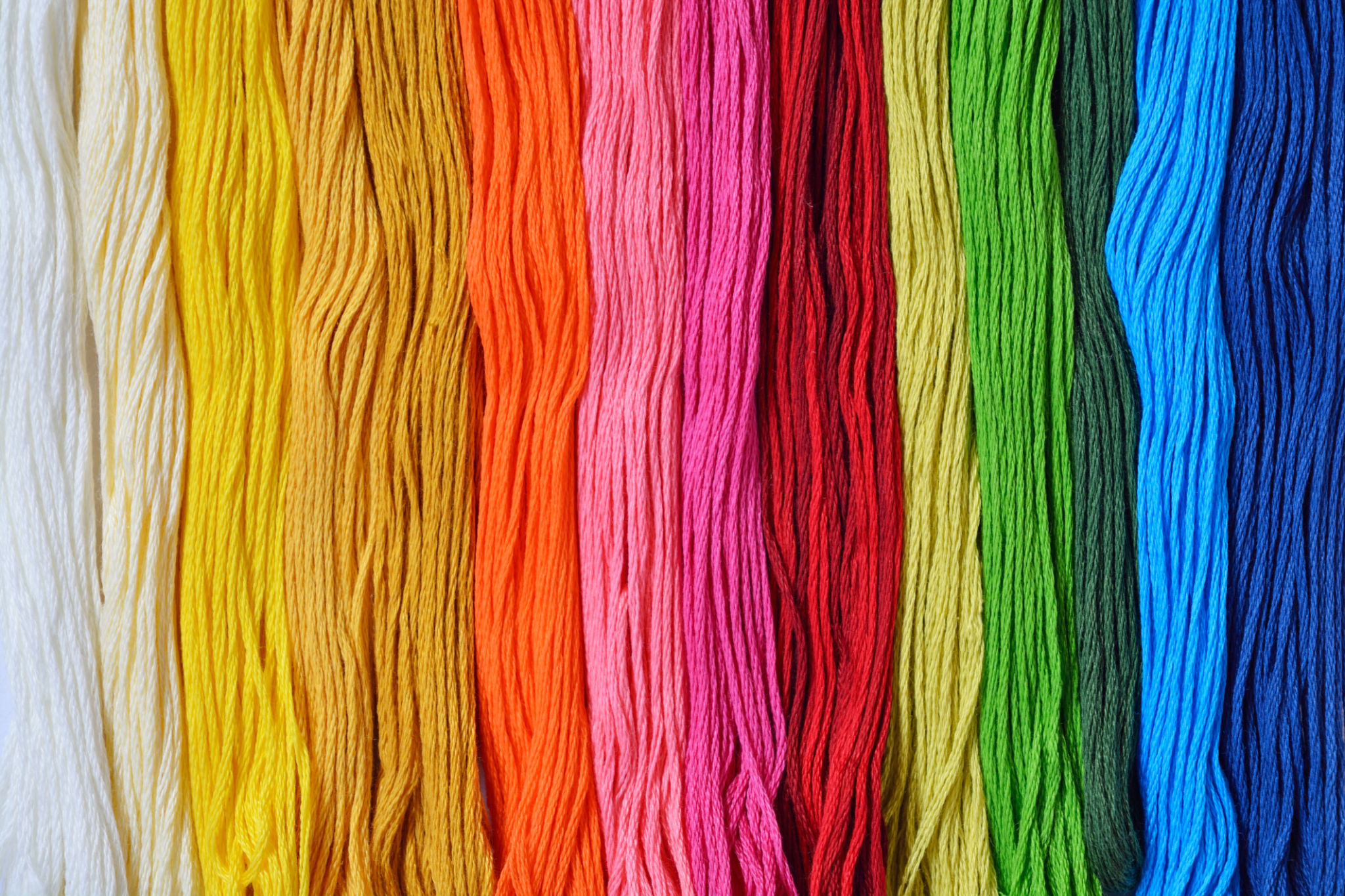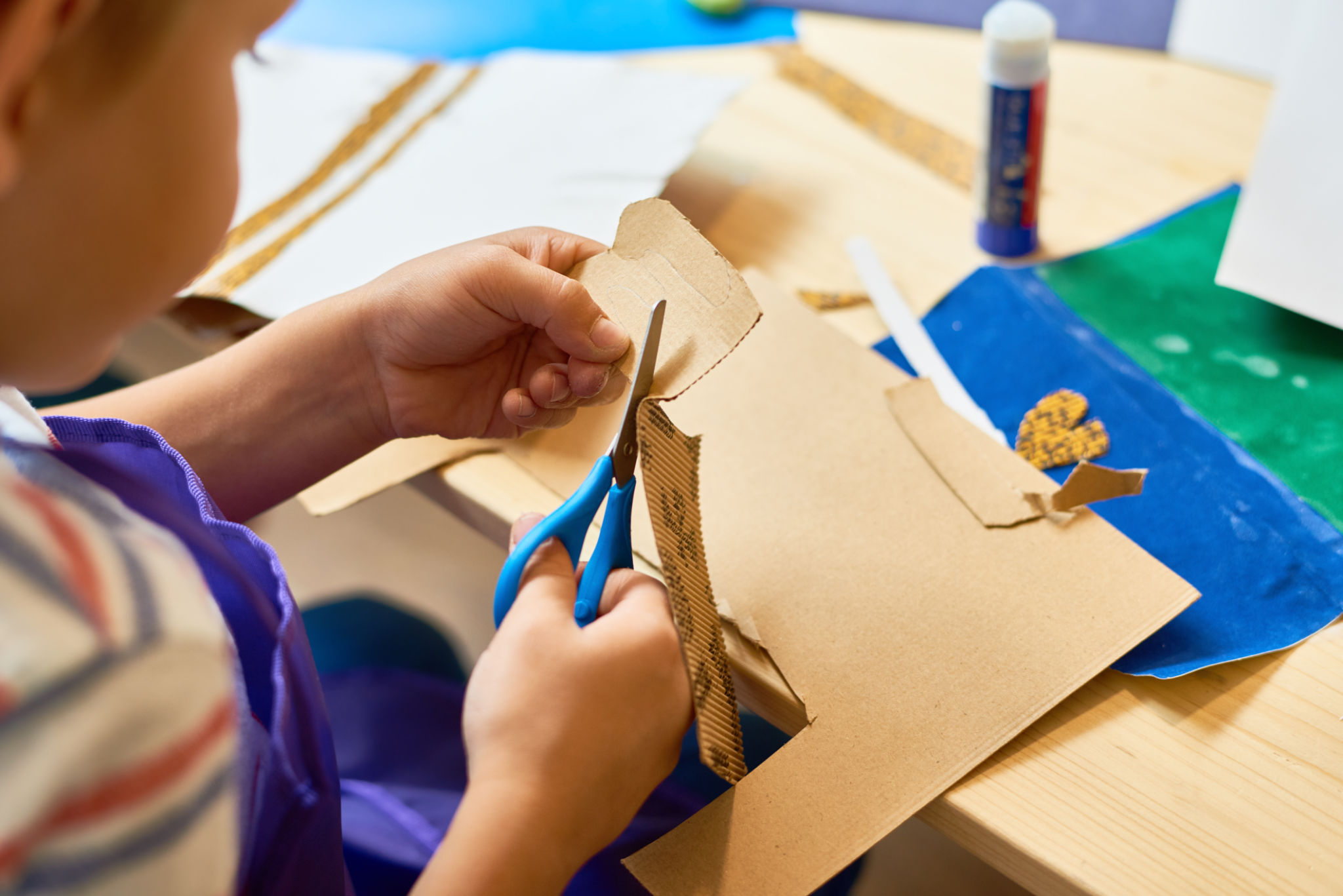The Ultimate Guide to Tufting Parts: Everything You Need to Know
Introduction to Tufting Parts
Tufting has become an increasingly popular craft, allowing creators to produce everything from rugs to wall hangings. To achieve the best results, understanding the various tufting parts and their functions is crucial. This guide will walk you through the essential components needed for successful tufting projects, ensuring you have everything you need to get started.
Tufting Gun
The tufting gun is the heart of any tufting operation. It rapidly punches yarn into the backing fabric, allowing for swift creation of designs. There are two main types: cut pile and loop pile guns. The cut pile gun cuts the yarn as it is tufted, while the loop pile gun leaves loops in the fabric for a softer texture. Selecting the right type depends on the desired finish of your project.

Backing Fabric
The backing fabric serves as the base for your tufted design. It needs to be strong yet flexible to hold the yarn securely. Common choices include monk’s cloth, burlap, or primary tufting fabric. When selecting a backing, consider the weight and weave tightness to ensure it aligns with your tufting needs.
Yarn Selection
The choice of yarn significantly influences the texture and appearance of your finished product. Wool, acrylic, and cotton are popular options, each offering unique characteristics. Wool provides a luxurious feel and durability, while acrylic is cost-effective and available in vibrant colors. Cotton offers a soft touch, perfect for home decor projects.

Additional Tools and Accessories
Frames and Stretchers
A sturdy frame is essential for holding your backing fabric taut during the tufting process. Frames can be built from wood or purchased as tufting frames with adjustable clamps. A tightly stretched fabric ensures even and accurate tufting, preventing unwanted slack or distortion in your design.
Shears and Clippers
After completing the tufting process, shears or clippers are used to trim excess yarn and refine the design. These tools allow for precision in shaping and finalizing your project. Investing in quality shears ensures clean cuts and a professional finish.

Glue and Adhesives
To secure the yarn in place, applying a layer of adhesive on the backside of the finished piece is essential. A strong glue helps maintain the integrity of your design, especially in high-traffic areas if you're creating rugs or mats. Choose a non-toxic adhesive that dries clear to avoid affecting the appearance.
Conclusion
Understanding the various tufting parts and their purposes is key to mastering this craft. By selecting the right tools and materials, you can create stunning, durable tufted pieces that showcase your creativity. Whether you're a beginner or an experienced tufter, having a comprehensive grasp of these components will enhance your crafting experience.
